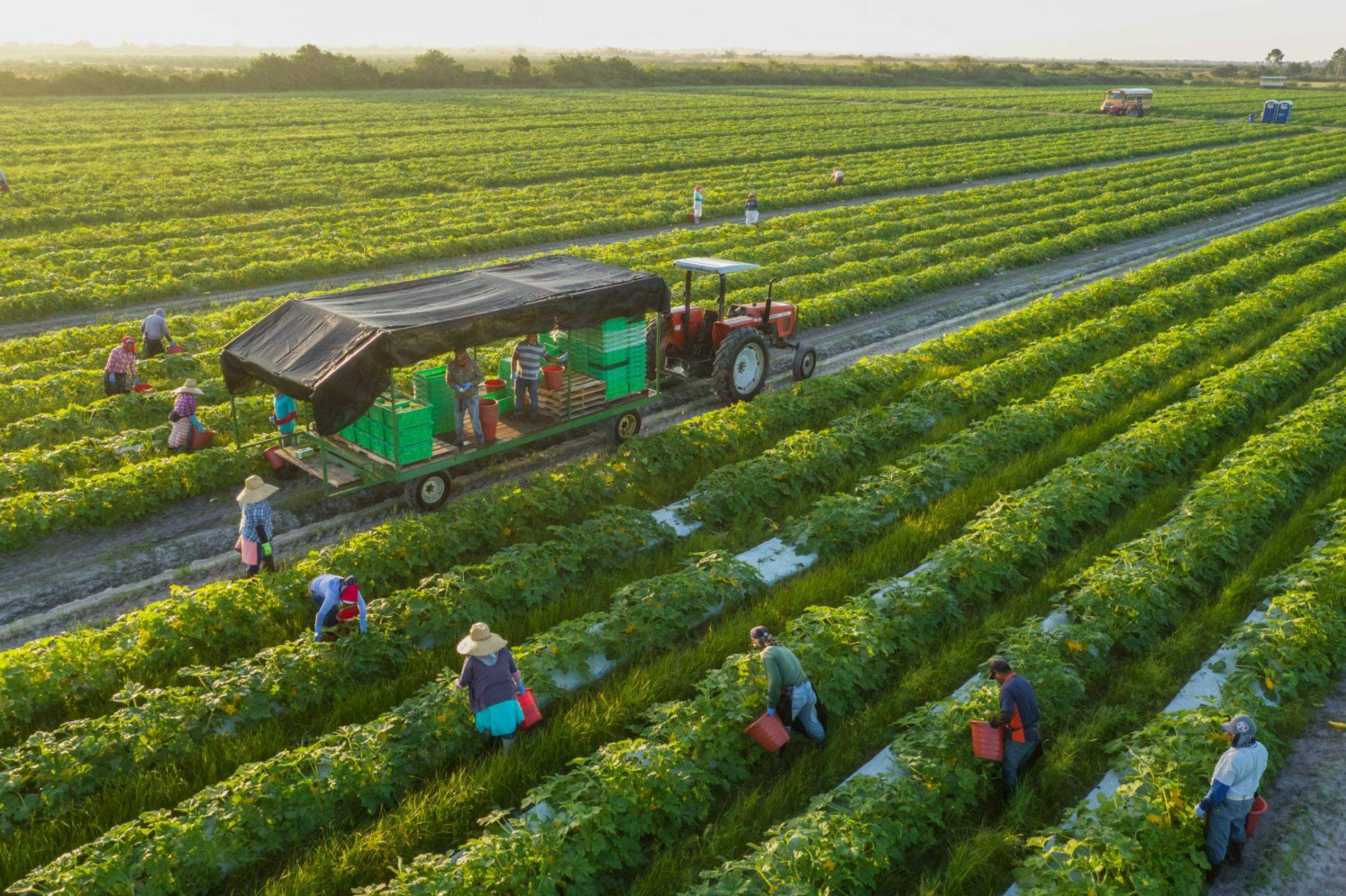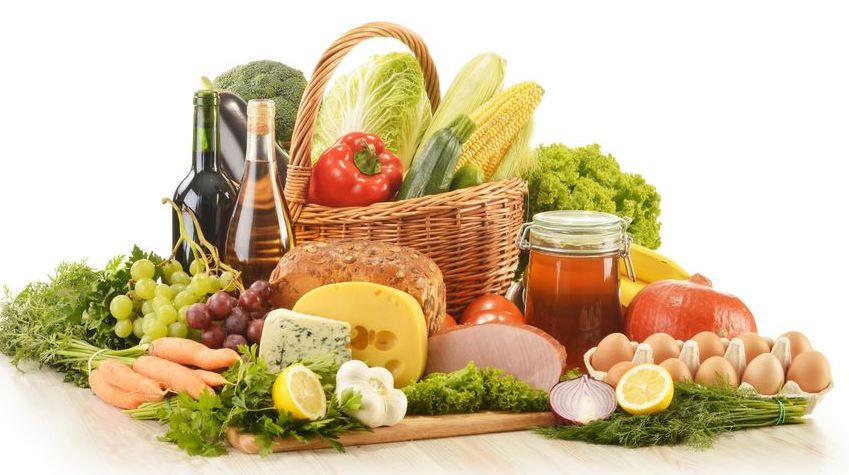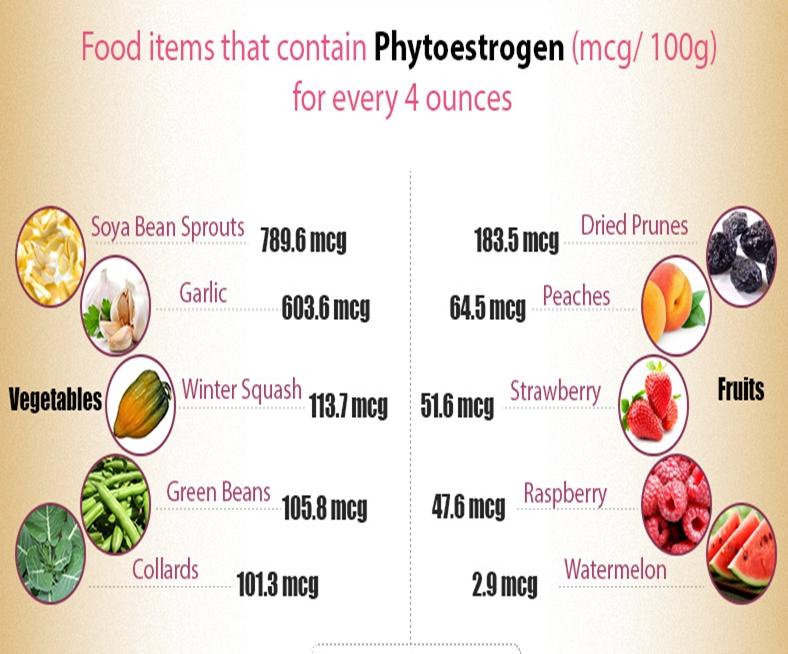Non-Food Agricultural Products

Non-food agricultural products are items derived from plants, animals, or microorganisms that are used for purposes other than human consumption. These products include a wide range of materials, such as cotton, leather, fur, wool, timber, and rubber. They are used in a variety of industries, including textiles, construction, manufacturing, and energy production.

Examples of Non-Food Agricultural Products

- Cotton: Cotton is a natural fiber that is used to make clothing, bedding, and other textiles. It is grown in warm climates around the world.
- Leather: Leather is a material made from the skin of animals, such as cattle, sheep, and goats. It is used to make shoes, bags, clothing, and furniture.
- Fur: Fur is the hair of animals, such as mink, fox, and rabbit. It is used to make coats, hats, and other clothing items.
- Wool: Wool is a natural fiber that is obtained from the fleece of sheep, goats, and other animals. It is used to make clothing, blankets, and carpets.
- Timber: Timber is wood that is used for construction and other purposes. It is obtained from trees.
- Rubber: Rubber is a natural material that is obtained from the sap of certain trees. It is used to make tires, hoses, and other products.
Importance of Non-Food Agricultural Products
Non-food agricultural products play a vital role in the global economy. They provide raw materials for a wide range of industries, and they contribute to the livelihoods of millions of people around the world. In addition, non-food agricultural products can help to improve the environment by providing habitats for wildlife and helping to reduce soil erosion.
Challenges Facing the Non-Food Agricultural Industry
The non-food agricultural industry faces a number of challenges, including:
- Climate change: Climate change is causing changes in weather patterns, which can make it difficult to grow crops and raise livestock.
- Pests and diseases: Pests and diseases can damage crops and livestock, leading to lost profits for farmers and ranchers.
- Competition from synthetic materials: Synthetic materials, such as plastics and nylon, are often cheaper than non-food agricultural products. This can make it difficult for farmers and ranchers to compete.
Despite these challenges, the non-food agricultural industry is expected to continue to grow in the coming years. This is due to the increasing demand for non-food agricultural products, such as cotton, leather, and timber. In addition, new technologies are being developed that can help farmers and ranchers to overcome the challenges they face.










